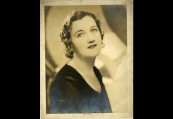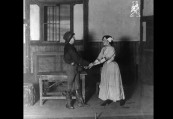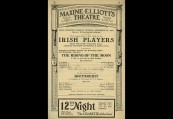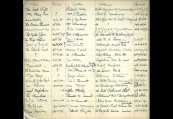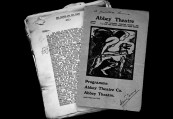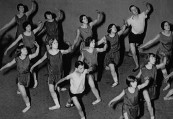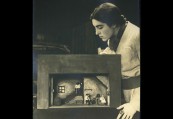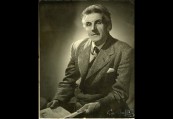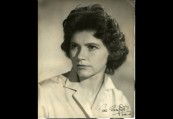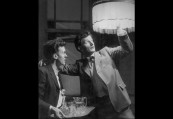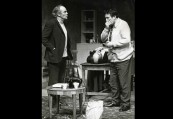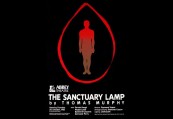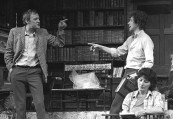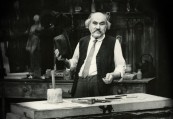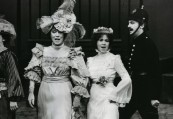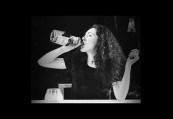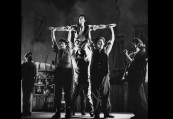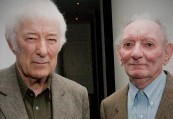Dame Ninette de Valois founded the Abbey Theatre School of Ballet at the invitation of William Butler Yeats in 1928. She was Principal of the school, a dancer in productions and a choreographer.
Her last performance at the Abbey Theatre was in The King of the Great Clock Tower by W.B. Yeats and when she left the School of Ballet was continued by her pupils. Its legacy endures to this day. Dancers at the school included Cepta Cullen, Kitty Curling (later an Abbey Actress) and Doreen Cuthbert.
In this photo we have identified Jill Gregory, (middle row, far right); Geraldine Byrne, (front row, far left); Doreen Cuthbert, (front row, third from left); the two boys are Toni Repetto-Butler, (front row), and Arthur Hamilton, (back row).
Fondly known as ‘Madam’, Ninette de Valois was a major figure in ballet world-wide. She also founded The Royal Ballet; the Birmingham Royal Ballet; the Royal Ballet School; danced professionally as a Soloist with Serge Diaghilev’s Ballet Russes; established the State Ballet in Turkey; studied with acclaimed teachers including Edouard Espinosa and mentored younger dancers, among them the iconic Alicia Markova who became a Prima Ballerina Assoluta.
